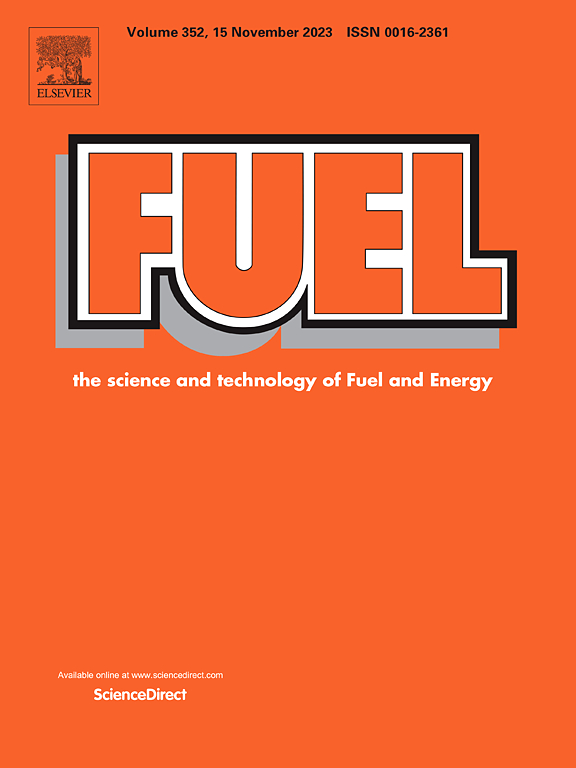Material characterization and engineering performance evaluation of phosphogypsum as a high-performance filler for bituminous pavements
IF 6.7
1区 工程技术
Q2 ENERGY & FUELS
引用次数: 0
Abstract
The effective recycling of waste materials as alternatives to traditional mineral fillers in asphalt mixtures has both economic and environmental benefits. Phosphogypsum (PG), as one of the industrial solid wastes is a promising alternative to be used in asphalt mixture. However, in terms of the physical nature of PG, its high-absorption and moisture-expansion cause significant deterioration in engineering properties, particularly moisture-induced damage. To address these concerns, this study considered adopting polymeric diphenylmethane diisocyanate (PMDI) to activate asphalt binder with the introduction of active isocyanate (–NCO) groups, to chemically capture and stabilize the treated PG (TPG) fillers in the mixture. Based on this, the moisture-induced properties and other engineering performances of TPG-containing asphalt mixture (PGAM) with various PMDI contents were evaluated through a series of mechanical tests, and the chemical interaction mechanism between PG and PMDI in asphalt mixture was further simulated and analysed by X-ray diffraction (XRD), infrared spectroscopy (FTIR), thermogravimetry–differential thermogravimetry (TG-DTG), X-ray photoelectron spectroscopy (XPS), and scanning electron microscopy (SEM) tests. The results indicated that PMDI can effectively improve the moisture-induced performance of PGAM, in addition to enhancing the high- and low-temperature stability and reducing rutting and cracking risks. The thermal and microstructural analyses confirmed PMDI in asphalt binder helps consume water released from TPG fillers through promoting the formation of surface coatings, while also enhancing chemical bonding with –OH groups on mineral aggregates. Overall, the recycling approach developed in this study provides an effective solution for improving the engineering performance of PG in asphalt pavement applications.
求助全文
约1分钟内获得全文
求助全文
来源期刊

Fuel
工程技术-工程:化工
CiteScore
12.80
自引率
20.30%
发文量
3506
审稿时长
64 days
期刊介绍:
The exploration of energy sources remains a critical matter of study. For the past nine decades, fuel has consistently held the forefront in primary research efforts within the field of energy science. This area of investigation encompasses a wide range of subjects, with a particular emphasis on emerging concerns like environmental factors and pollution.
 求助内容:
求助内容: 应助结果提醒方式:
应助结果提醒方式:


